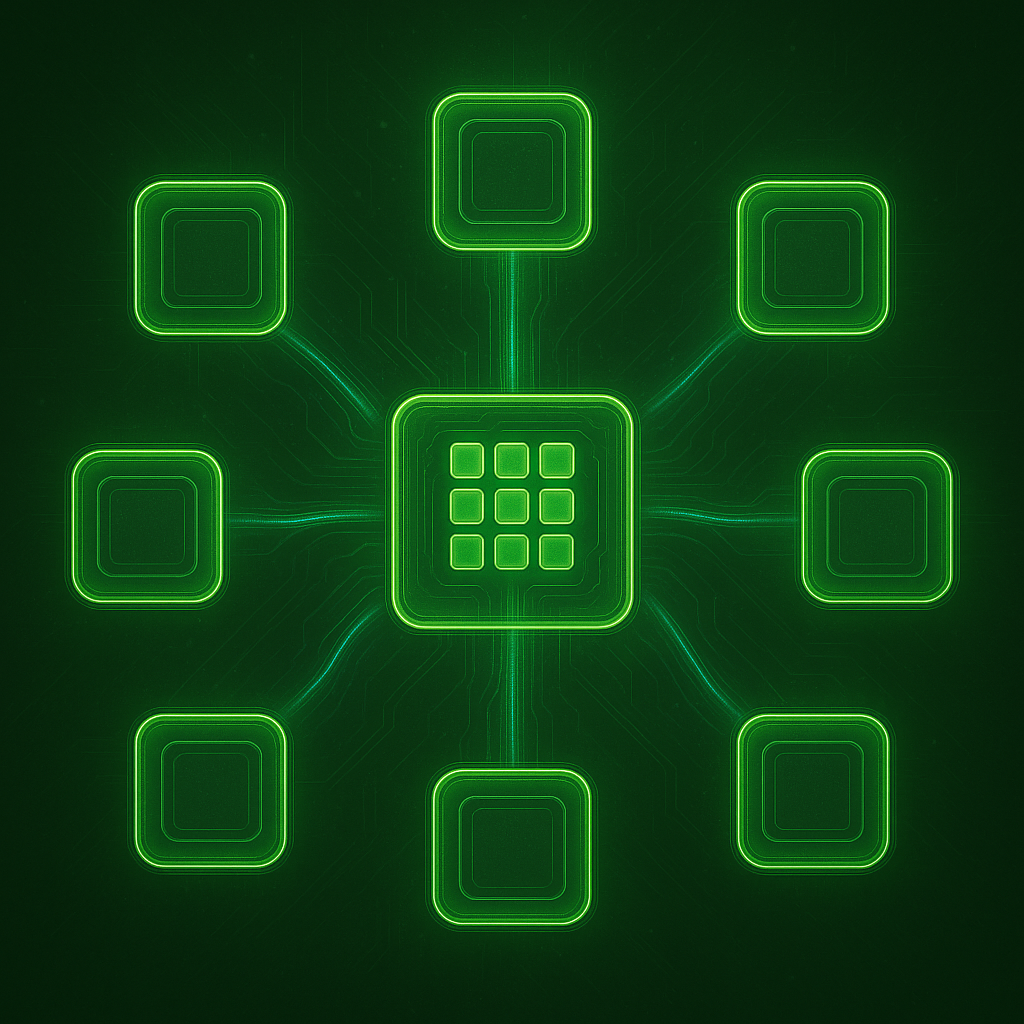A Q&A style conversation between Liz Sullivan, VP of Marketing and Charles Steerman, Co-Founder & COO to discuss Skematic’s modern approach to broker feeds.
Liz: Before we get into the broker feeds specifics, I’d love to ground this conversation in your background. You were part of building one of the earliest employee trade monitoring platforms long before Skematic existed. Can you talk about that experience?
Charles: Sure. I started my career with a product called PTCC – the Personal Trading Compliance Center – which was one of the earliest technology solutions for Code of Ethics and employee trade surveillance. PTCC eventually became ComplySci, and now Comply. I joined very early, back when the platform and the category were still forming.
I spent years working directly with CCOs across hedge funds, private equity firms, wealth managers, and asset managers. I saw firsthand how compliance teams operated in the real world — what the software made easy and where the architectural limitations really were. Over time, it became clear that to meaningfully improve the experience, the underlying technology would need to be rethought, not just iterated.
That perspective is what led to Skematic. We needed to redefine the foundation of compliance management software.
Let’s talk about that foundation. Why are broker feeds so central to employee oversight?
Because broker feeds are the evidence. Preclearance and disclosures are just part of the picture – you can’t take employees on just their word. Broker feeds tell you exactly what an employee traded, when, and in what circumstances.
If that data is late, incomplete, or inaccurate, your oversight is late, incomplete, and inaccurate. So the stability and integrity of the broker connection directly determines how confidently a CCO can supervise employee activity.
The term “direct broker feed” gets thrown around constantly, but as we both know, most of those feeds aren’t actually direct. What’s really going on in the legacy world?
Right. This is where language and reality get out of sync. When legacy vendors say they have “direct feeds,” they are almost always referring to one of two things.
Either it’s daily SFTP file transfers, where the broker drops a CSV into a secure folder once per day — which means the data is delayed and the feed is fragile.
Or it’s data coming from a scraping/OCR aggregator like “ByAllAccounts”, which simulates a direct connection but is really just reformatting data pulled from brokerage portals.
Neither method is a real broker integration. There’s no live connection. There’s no continuous flow. There’s no guaranteed structure or consistency. The industry calls all of it “direct” because the data originates from the broker, but the method of access is outdated and really just smoke and mirrors.
So what happens when those feeds break?
When a legacy feed breaks — which is common — you essentially enter a blackout period. You cannot see what employees are trading during that time. So compliance teams are forced to go backwards: emailing employees for statements, reviewing everything manually, and re-checking trades against restricted lists and policies after the fact.
It’s slow, it’s reactive, and importantly, the risk window has already happened. By the time you’re doing that manual reconciliation, the trades are done. If something violated policy, you’re discovering it after exposure, not preventing it.
This is the part of the system that compliance teams have been conditioned to treat as “just part of the job.” It’s not. It’s a technology flaw.
So how does Skematic eliminate that blackout problem?
We don’t use scraping or file drops. We use true API connections, the same secure brokerage APIs used by apps like Venmo, Mint, and TurboTax. When an employee connects an account, they authenticate directly with their broker, and we receive structured, secure trade data continuously.
If a connection ever expires — usually because an employee changes a password — Skematic prompts them to reconnect and gives compliance a heads up. Once the employee reconnects, the system automatically backfills every trade that occurred during the outage and evaluates those trades against your rules.
So instead of manual clean-up, everything just catches up automatically. You don’t lose visibility, and you don’t lose control.
Now let’s talk coverage. The industry has been trained to evaluate vendors based on how long their broker list is.
Right and those long lists are often long because they contain scraping feeds. The number looks impressive, but the quality is inconsistent. Skematic focuses on the brokers employees actually use, and we integrate those properly as real API connections. And when a firm needs a less common broker, we build it the right way, not the shortcut way.
And finally, how does this all tie back into Skematic’s platform philosophy?
We didn’t stitch modules together. We built one integrated environment for both Code of Ethics oversight and broader program and workflow management. Broker feeds are one part of that, but they illustrate the broader principle: modern compliance workflows require modern data infrastructure. When the foundation is right, everything else becomes easier, cleaner, and more reliable.
Learn More About Employee Compliance on SkematicLearn More



